Critical Appraisal of Type 1 Diabetes Epidemiology Using CASP Tool
VerifiedAdded on 2022/11/13
|9
|763
|440
Report
AI Summary
This report presents a critical appraisal of a peer-reviewed article on the global epidemiology of Type 1 diabetes in young adults and adults, employing the CASP (Critical Appraisal Skills Programme) tool for systematic review. The analysis addresses ten key questions, evaluating the study's focus, sampling methods, inclusion of relevant studies, quality assessment, and findings. The appraisal highlights strengths, such as the clear research aim and relevant study selection, while also identifying limitations, including the age of selected articles, non-English language bias, and lack of rigorous quality assessment. The report concludes by discussing the applicability of the results to a local population, considering the study's limitations, and suggesting areas for future research, emphasizing the need for more critical research to improve health conditions related to type 1 diabetes. The study also provides a list of references used during the analysis.
1 out of 9

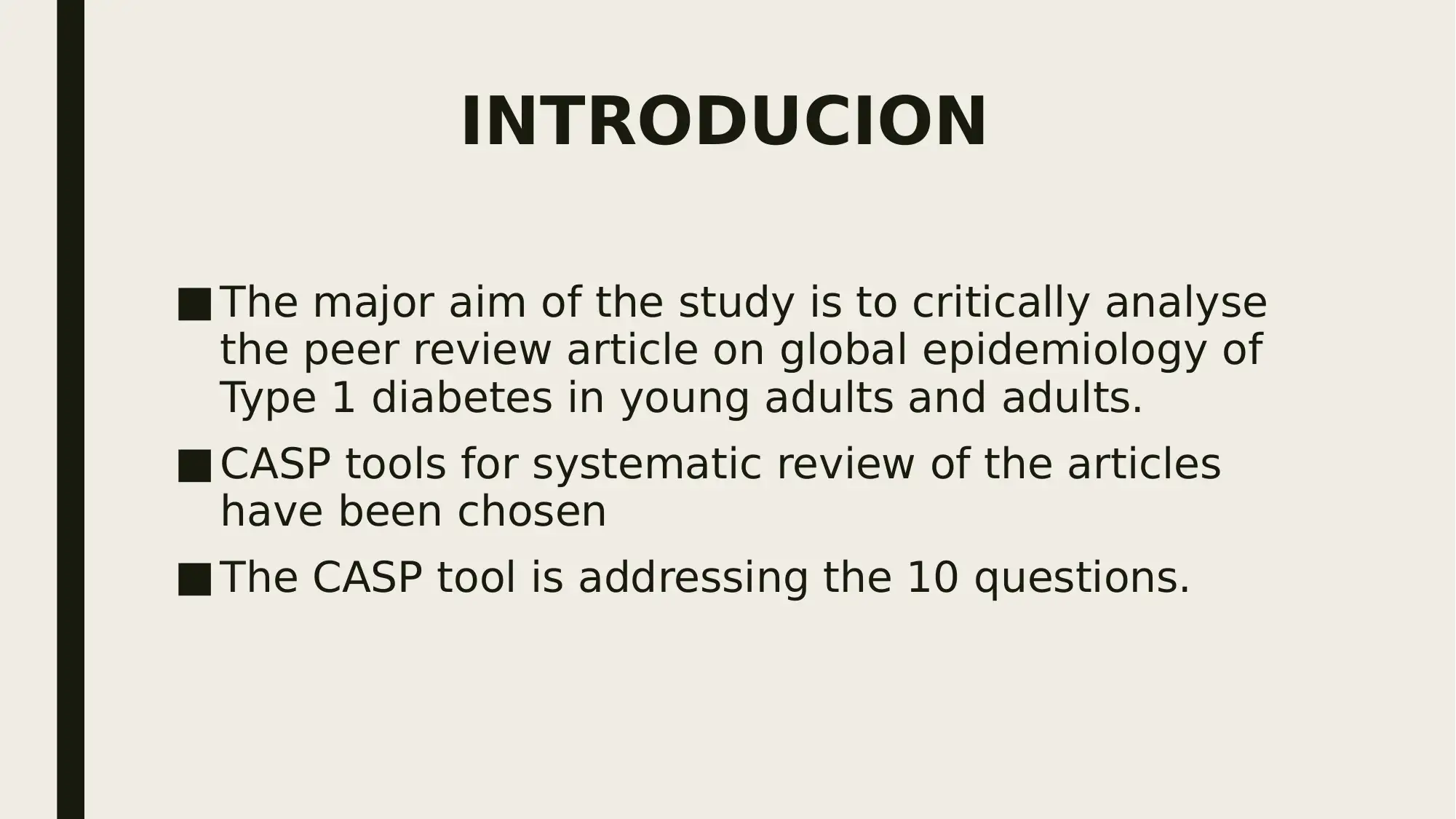
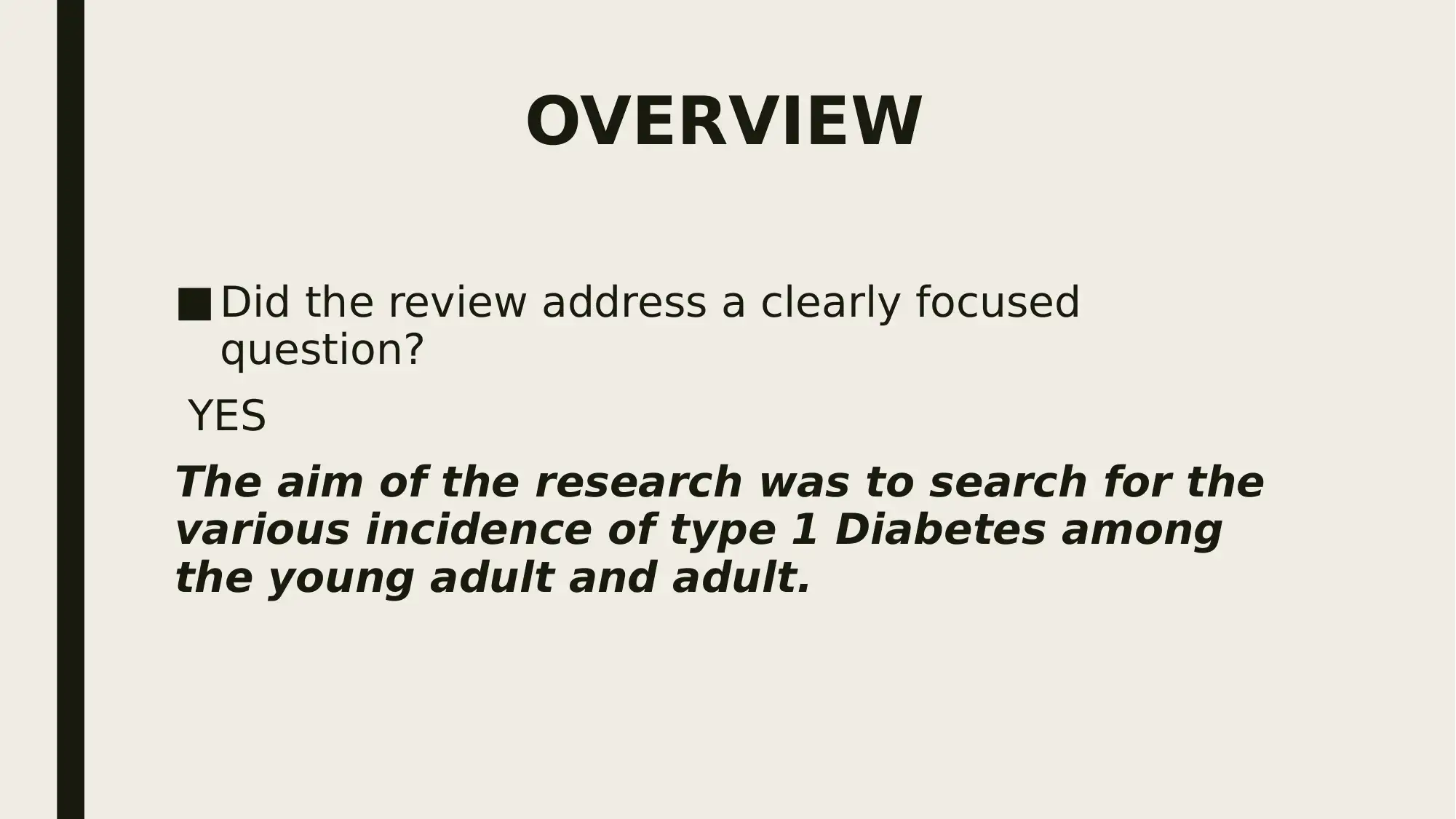


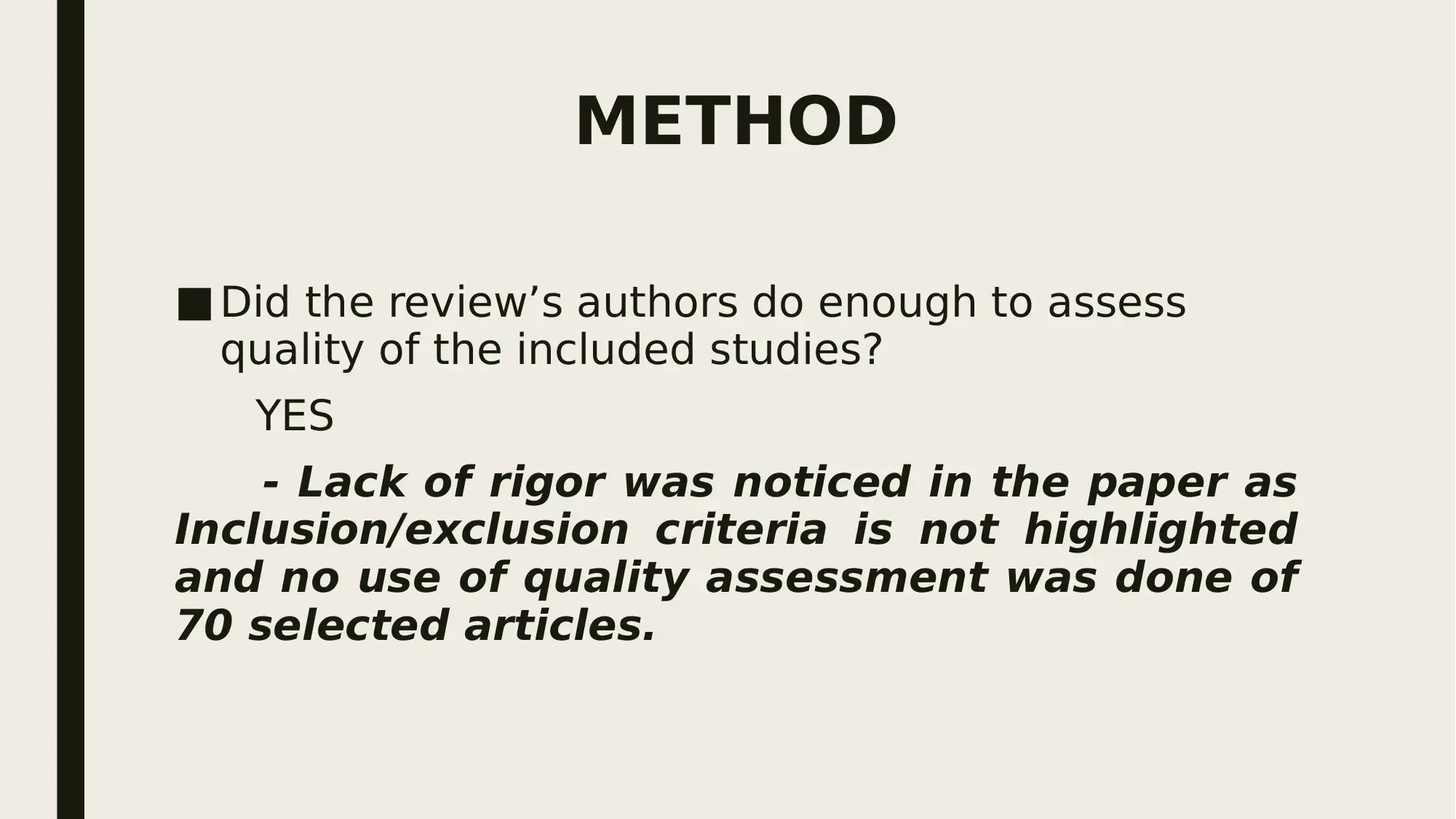
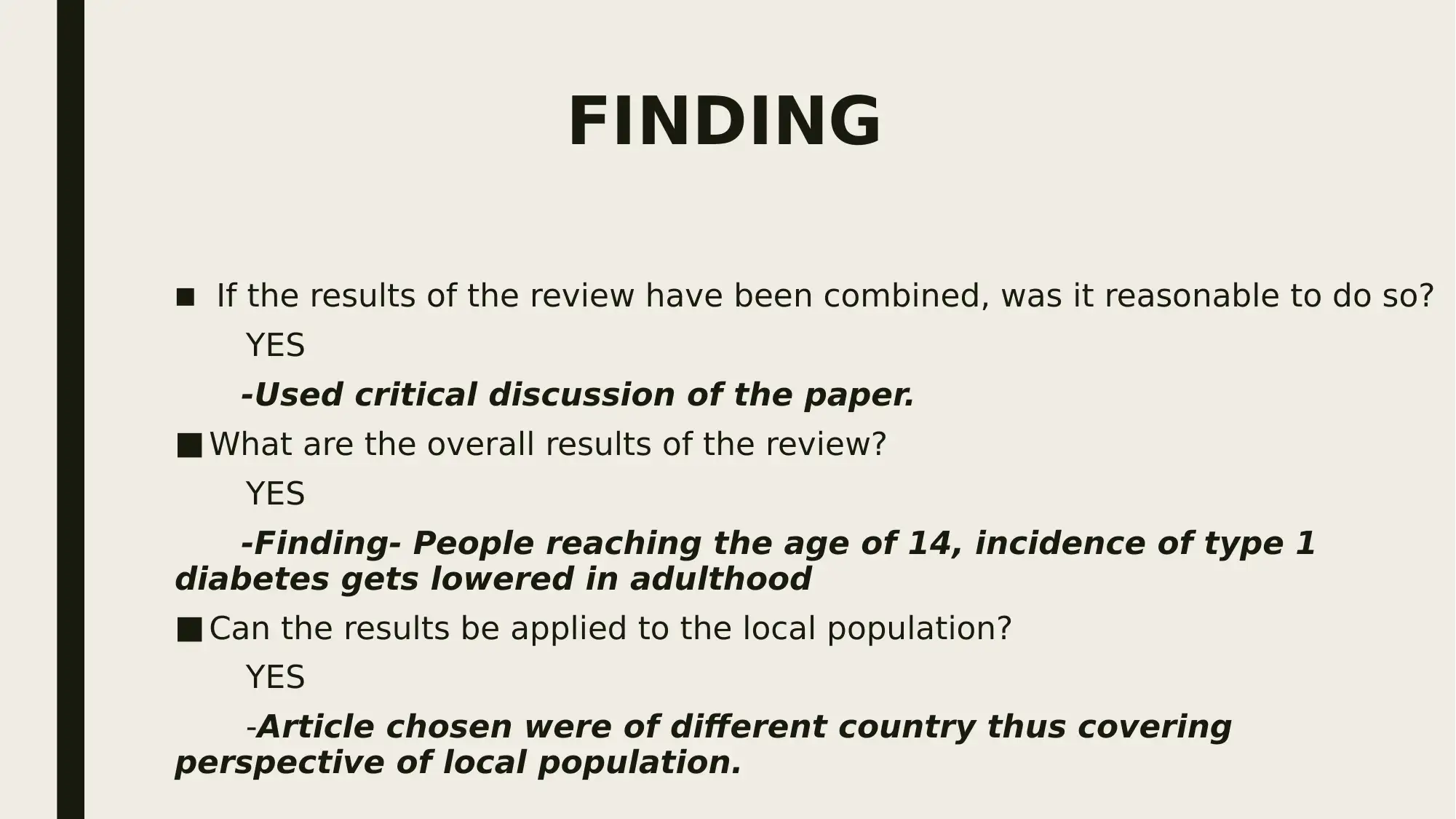


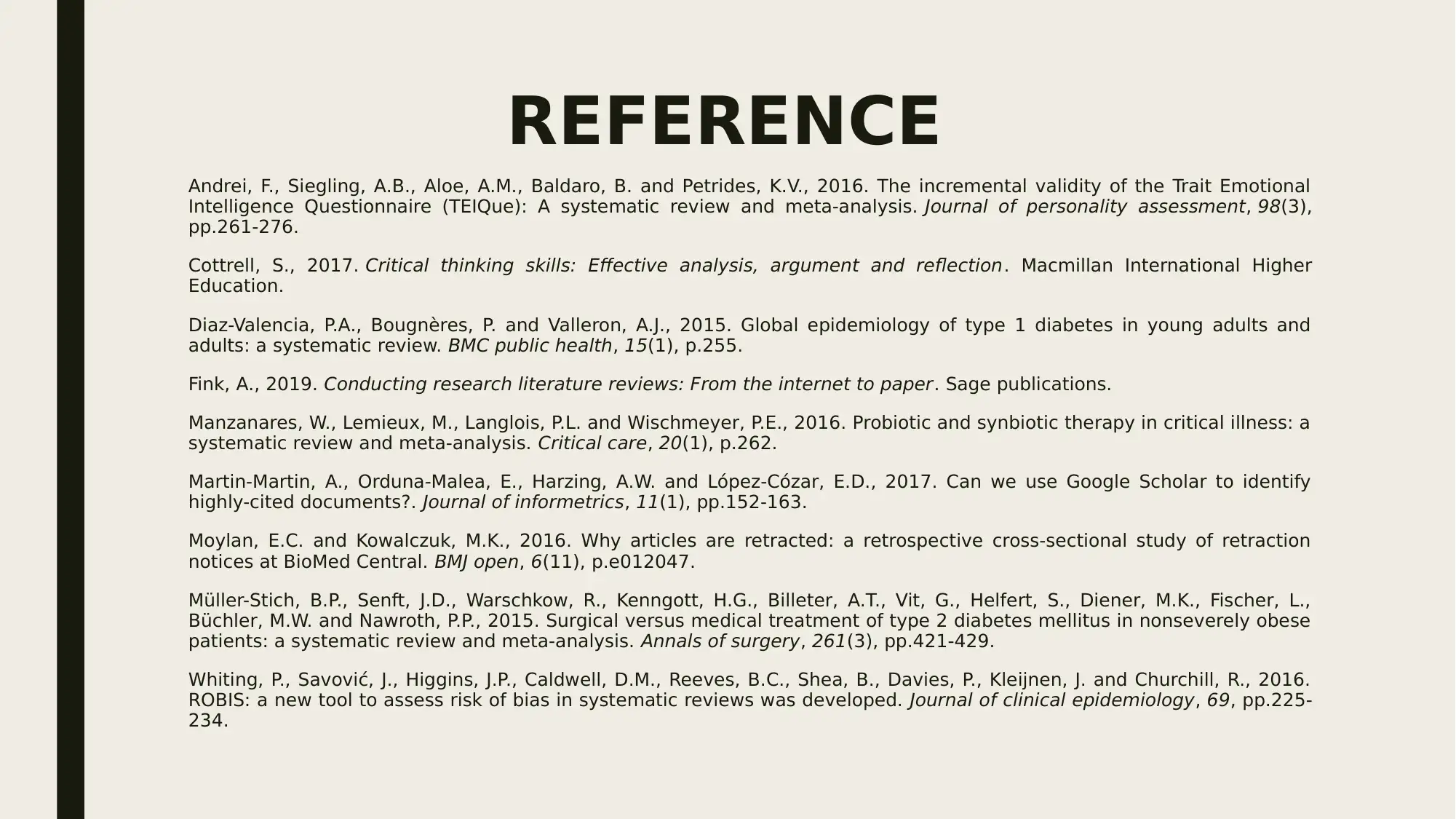






![[object Object]](/_next/static/media/star-bottom.7253800d.svg)